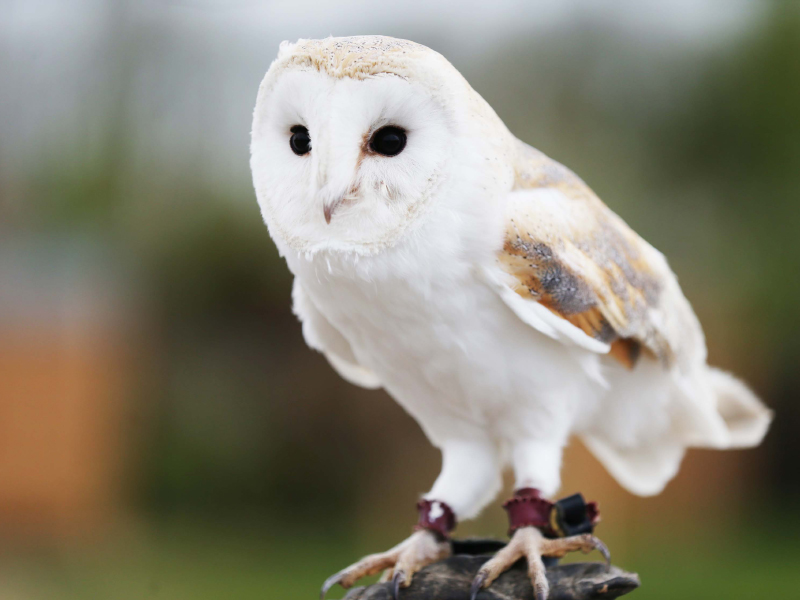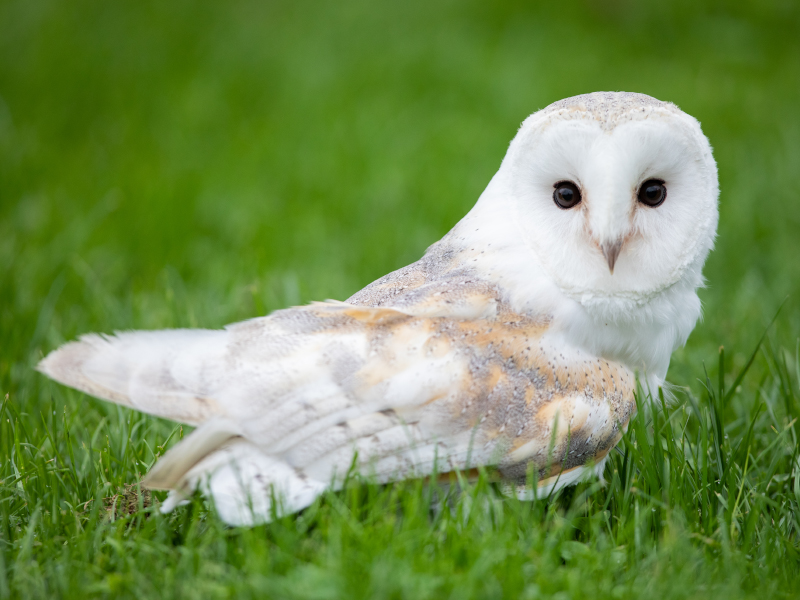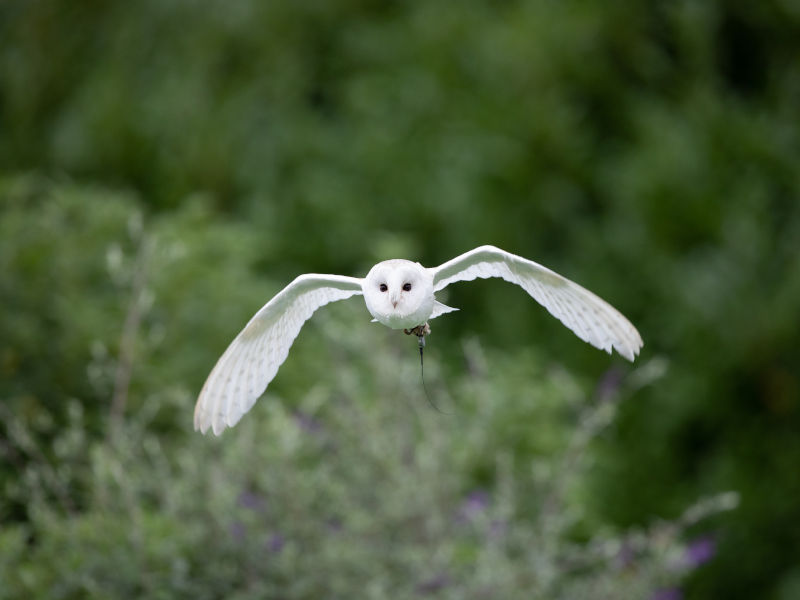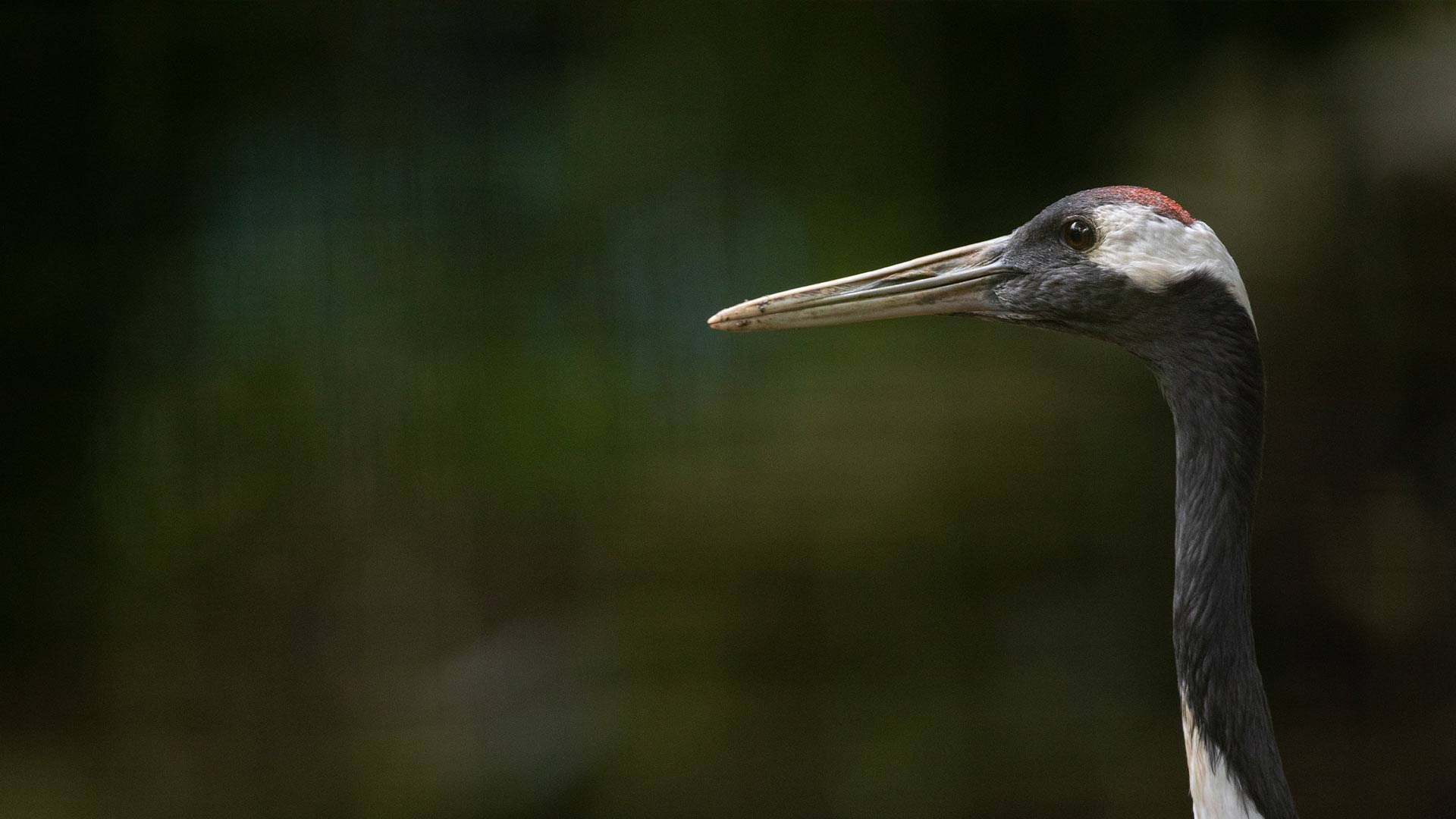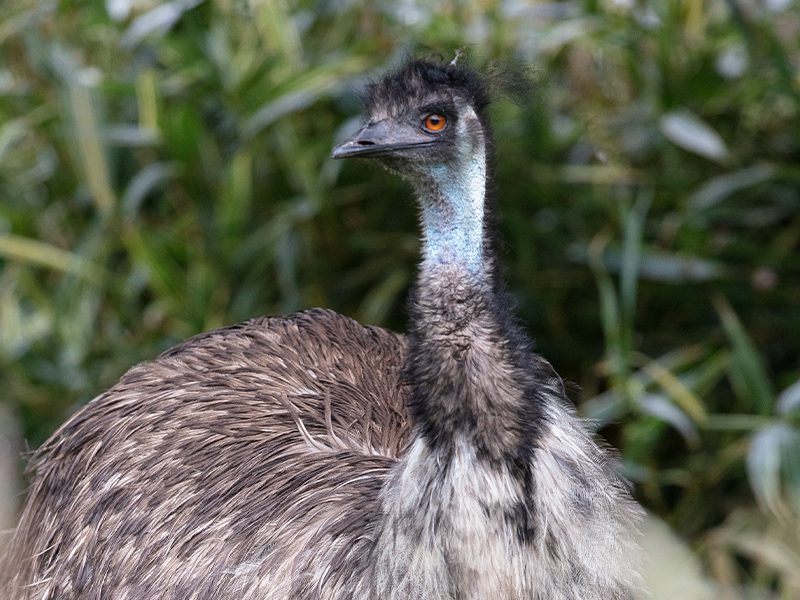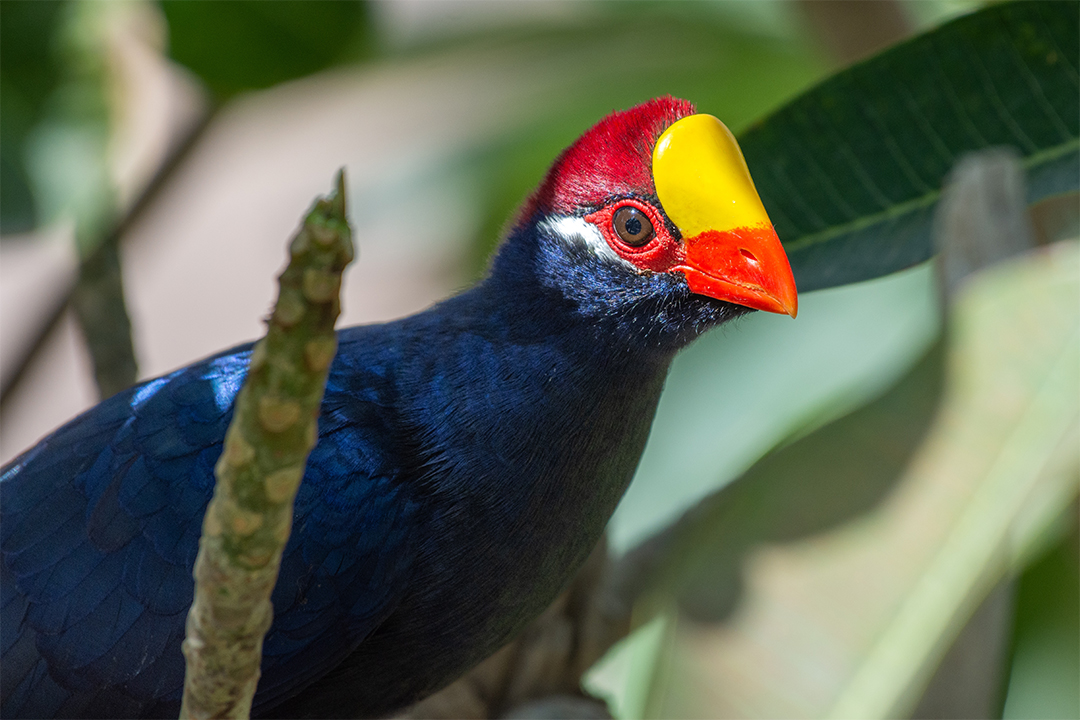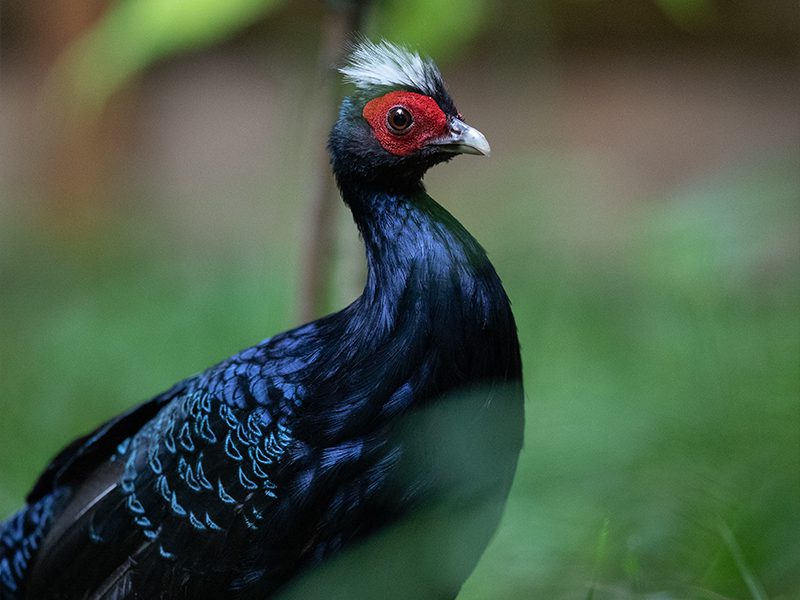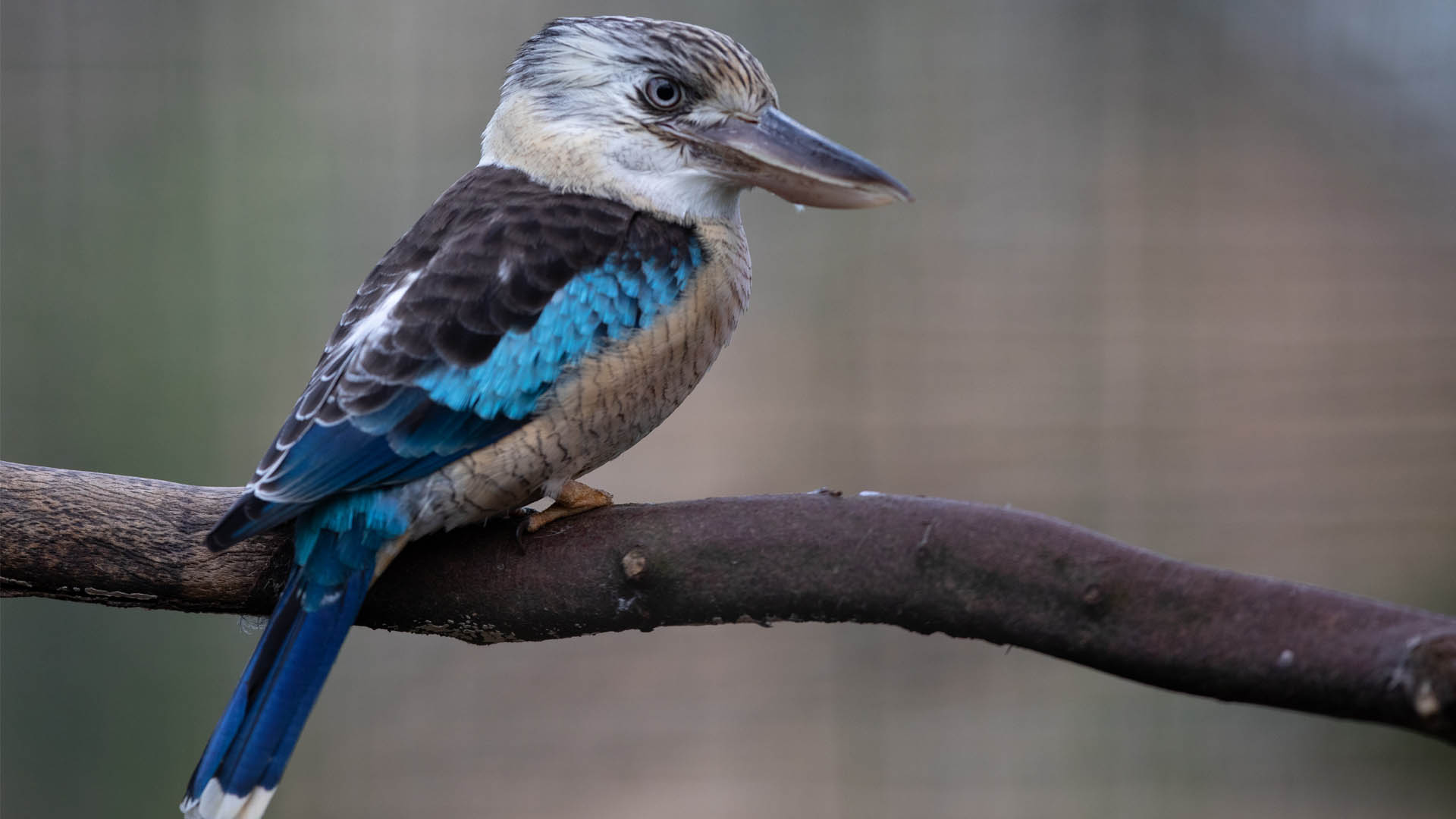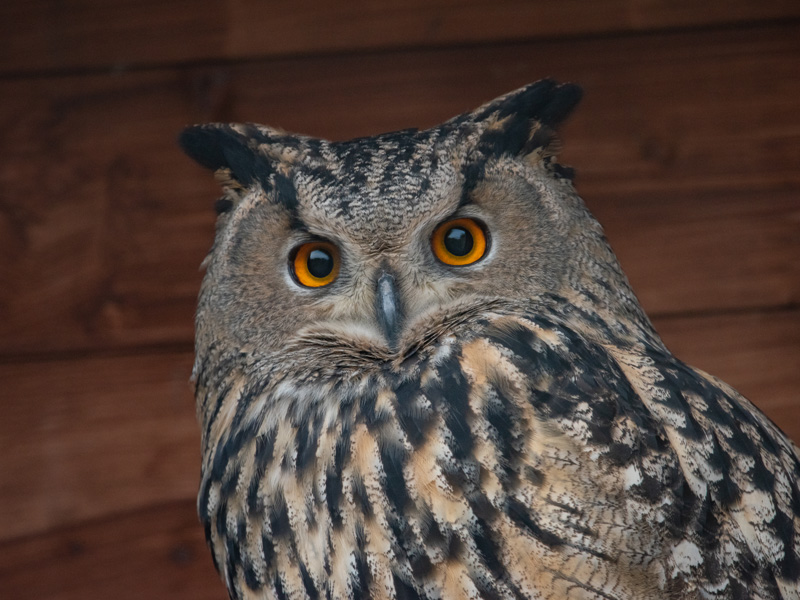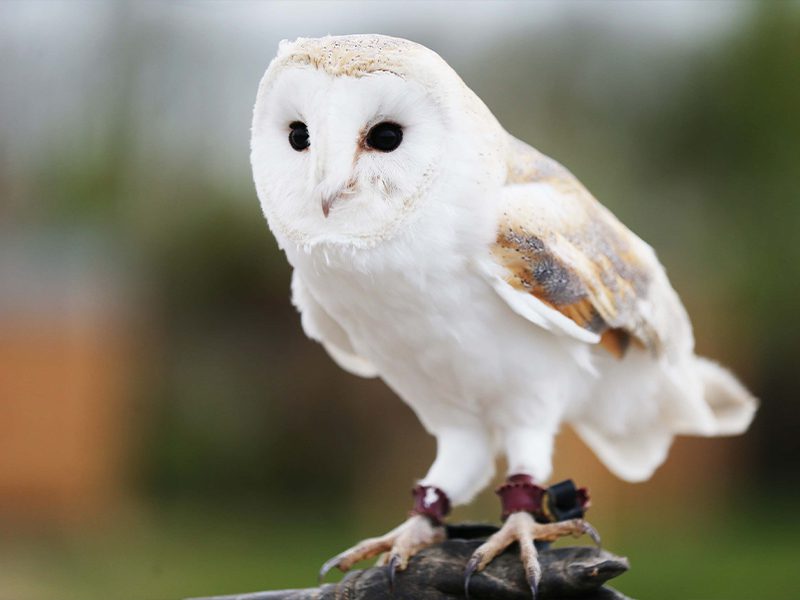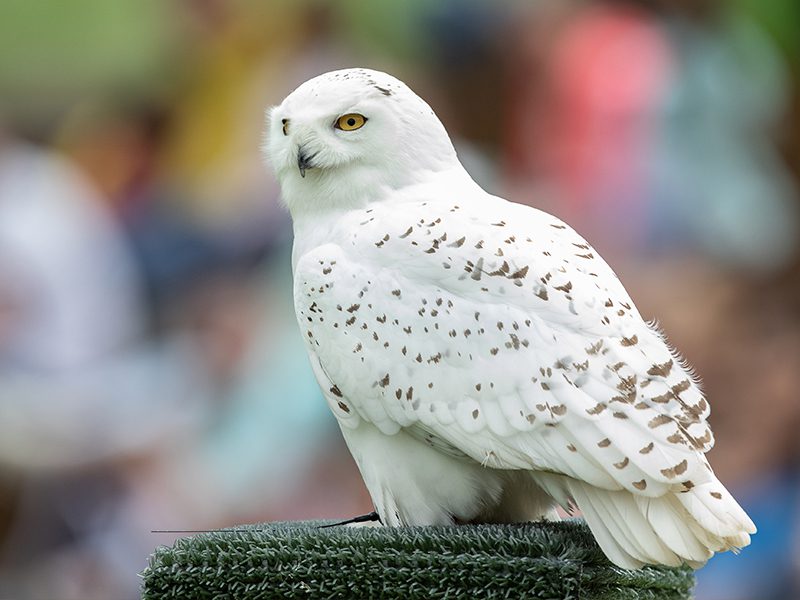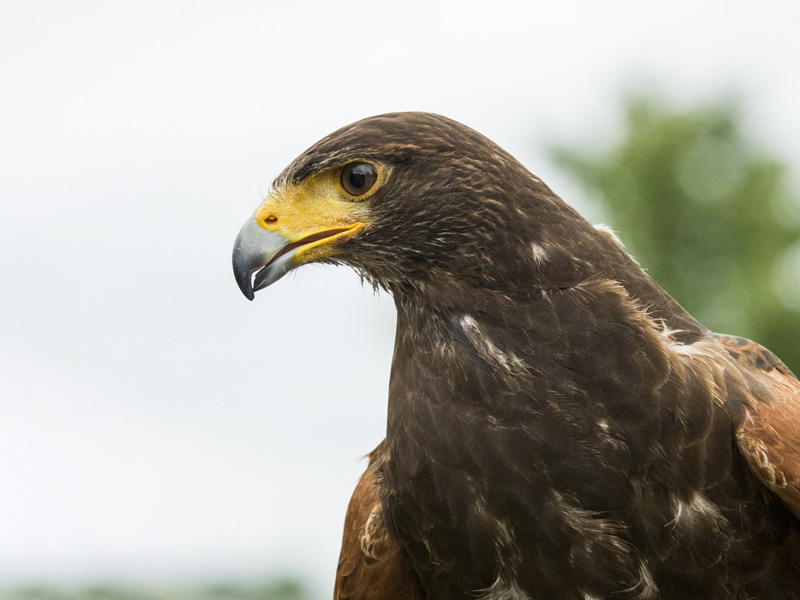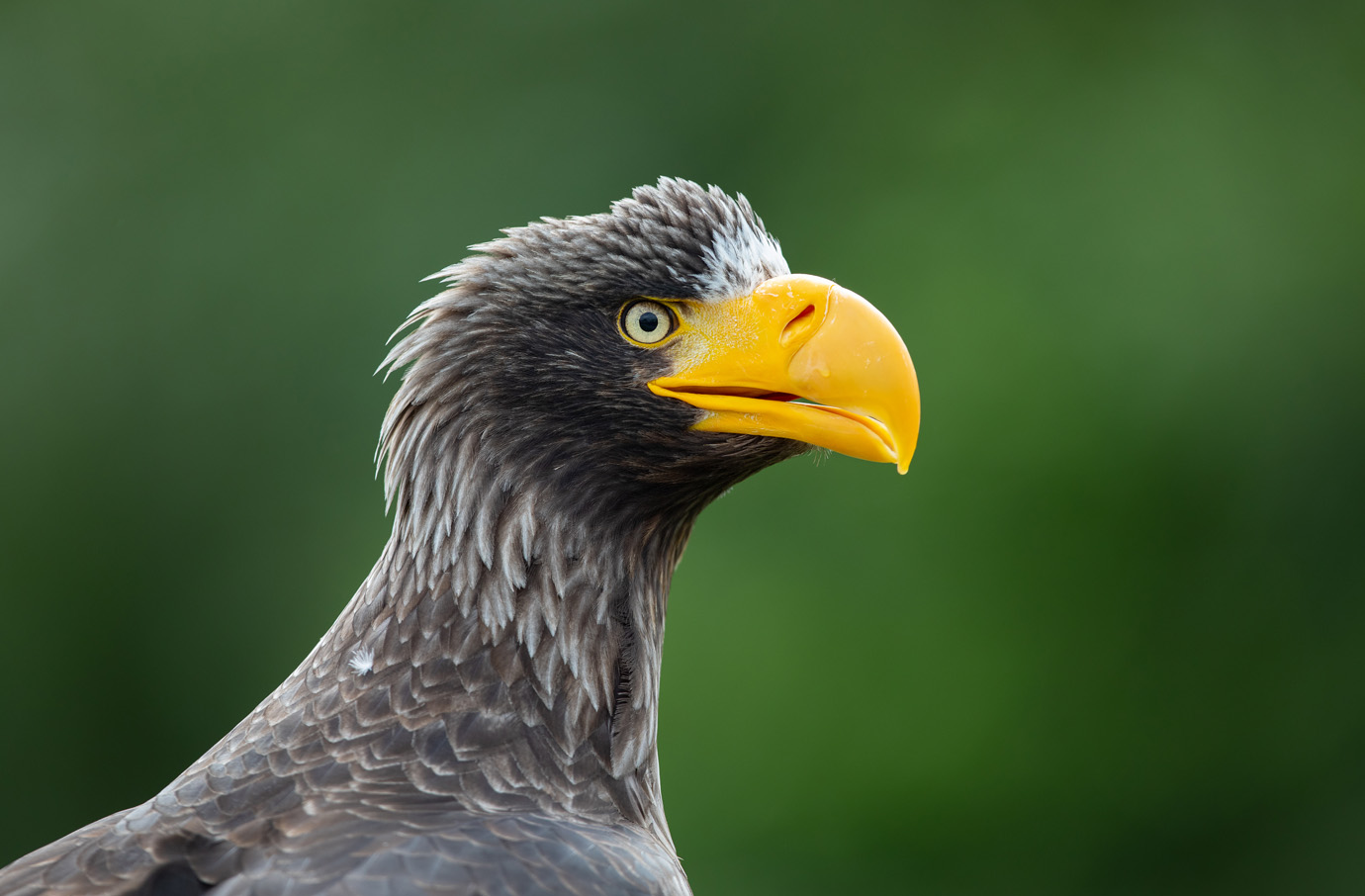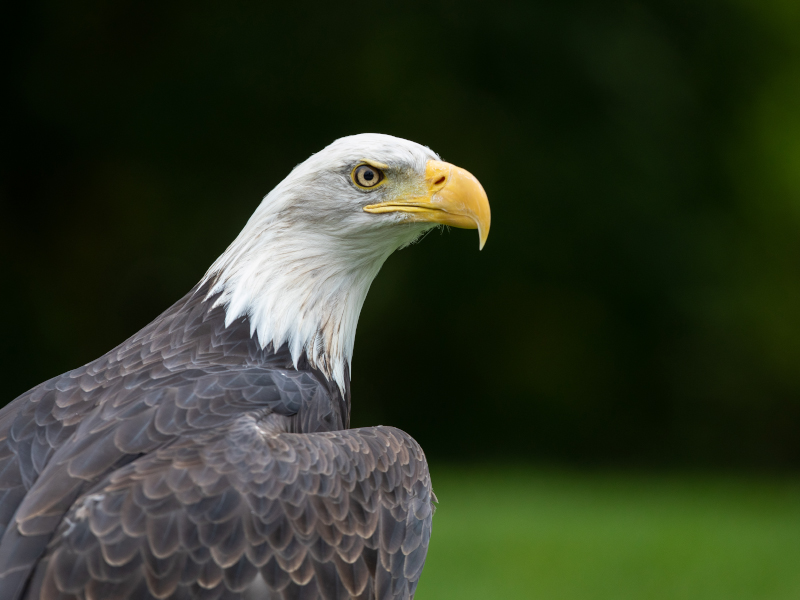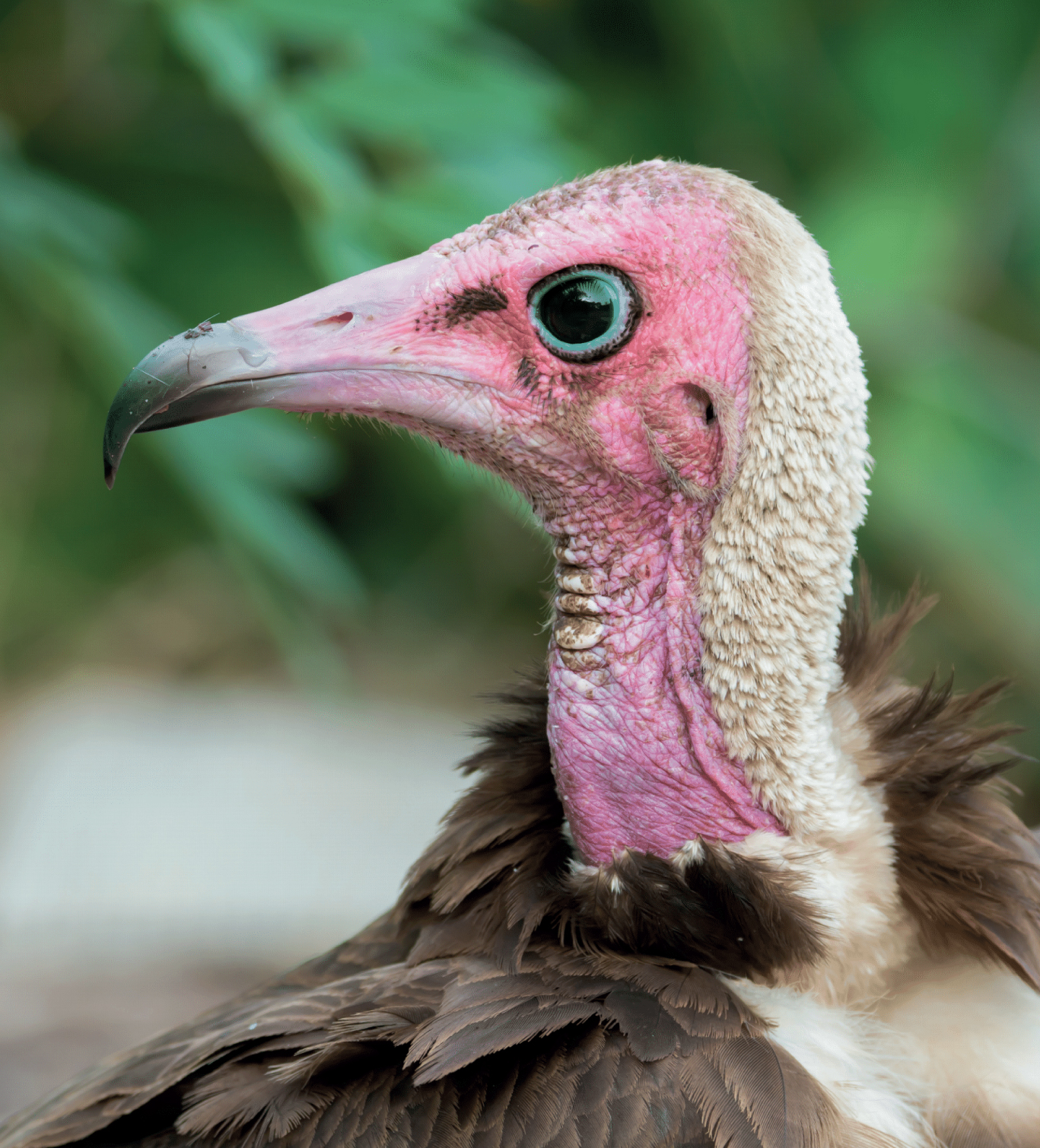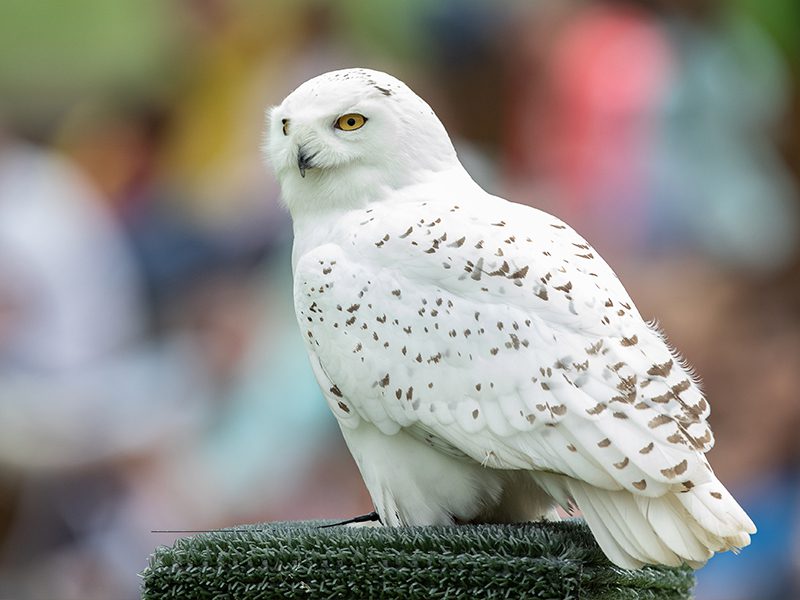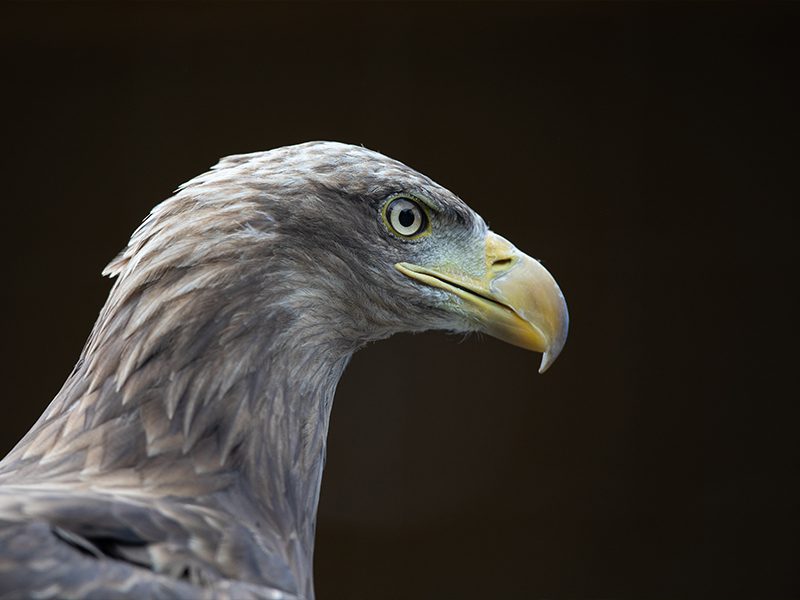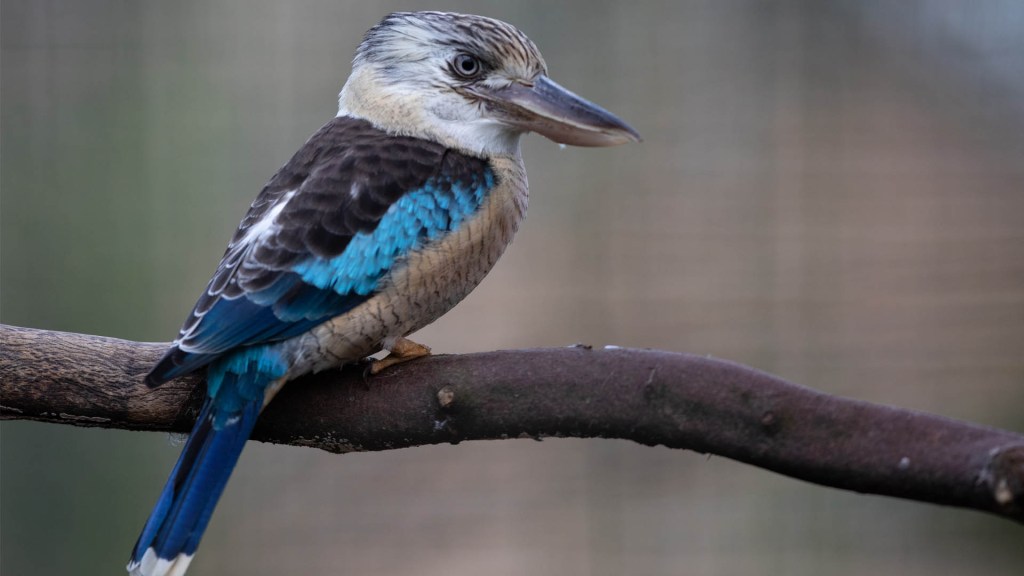Barn owls have adapted to hunt in complete darkness, as a result they use hearing as their primary sense. Their face is comprised of stiff feathers that forms a disc, which helps to trap and focus sound to their asymmetrical ears. Sound will hit the barn owl’s ears at different times allowing for them to ‘triangulate’ their target. They are low flying birds that have uniquely adapted soft feathers with curved edges, for silent flight, enabling them to hear exactly where their prey is located. The adaptation of silent flight also allows them to hunt undetected.
Their ability to adapt to different habitats and conditions have allowed them to live all across the world.
Barn owls are solitary or can be found in pairs, during breeding season. They are mainly sedentary animals with juveniles dispersing after the breeding season.

Popular Searches
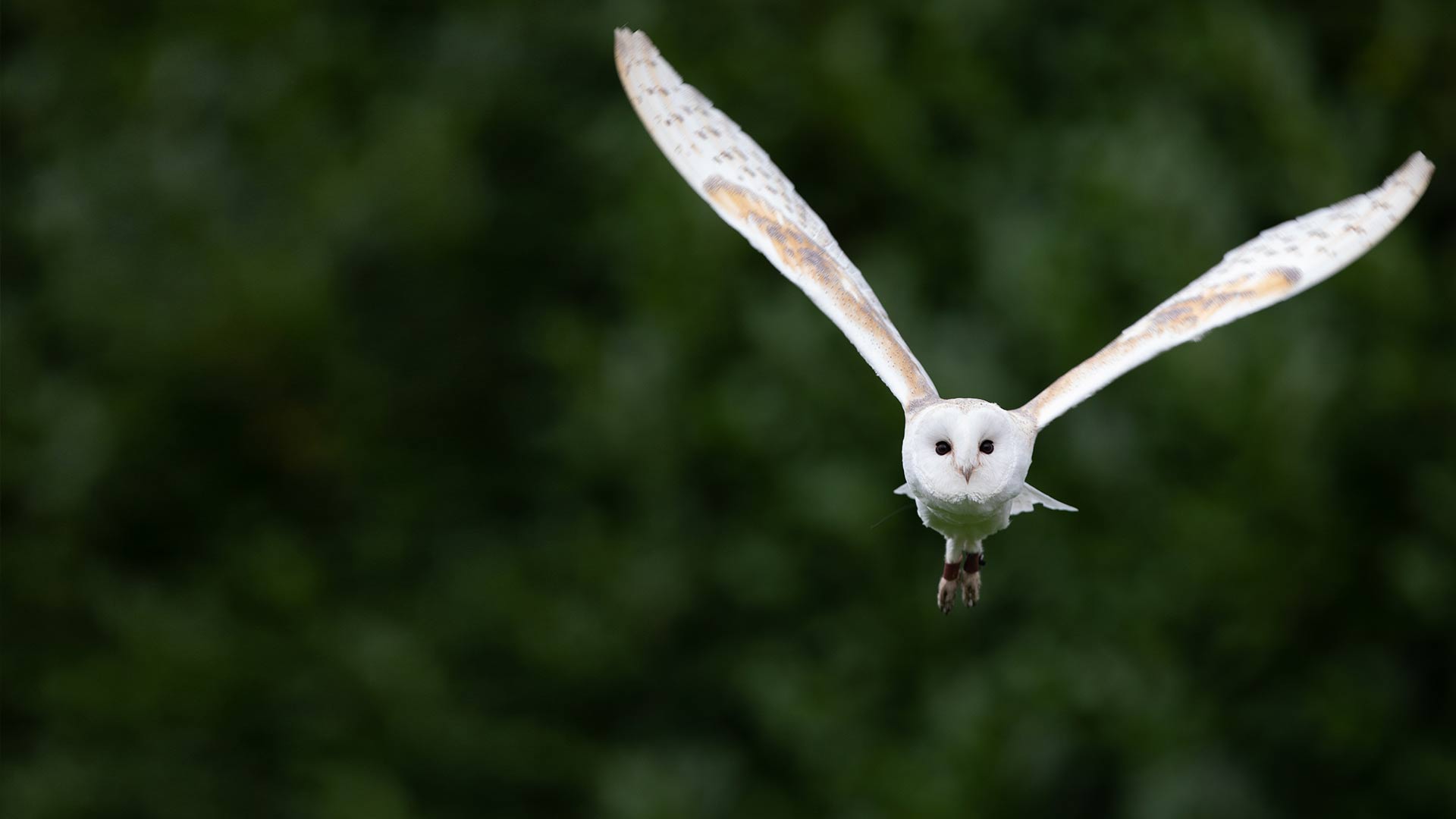
Barn owl
-
Introduction
-
Conservation
Barn owls are classified of least concern.
The global population is classified by the International Union for Conservation of Nature (IUCN) as least concern. However, in Ireland, they are a Red Listed bird, of conservation concern due to a 50% decline in their population over the past 25 years.
In Ireland threats to barn owls include habitat loss and nest site loss mainly due to agricultural intensification. The use of rodenticide, a chemical pest control, has also had a significant impact on their population. Secondary poisoning occurs when rodents are eaten that have ingested rodenticide. Finally, due to their low-flying nature when hunting; road accidents have also played a part in their decline. -
Habitat
Barn owls are the most widespread owl species in the world. They can be found on all continents except Antarctica.
They can be found in a vast range of habitats and their adaption, to living in these different areas, attributes to their success and wide range. -
Fun Facts
Barn owls are predators that prefer to eat rodents such as mice and rats. As a result, they carry out an important role in the ecosystem by controlling the number of pests.
Barn owls are solitary or found in pairs, they are general monogamous and will remain in the same pair, as long as they both live. They will breed once a year. When the female lays her first egg she will begin incubation immediately, and therefore chicks of different ages and sizes can be found in the same clutch. There can be an age difference of about 3 weeks between the oldest and youngest chick.
They are most active during the night and so rely on their incredible sense of hearing to hunt.



